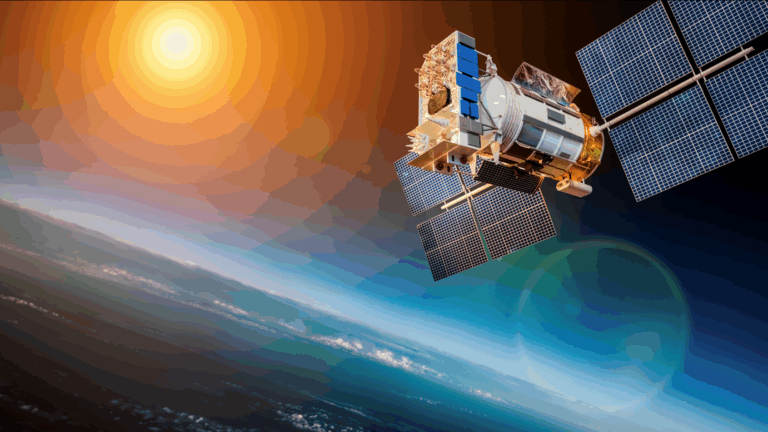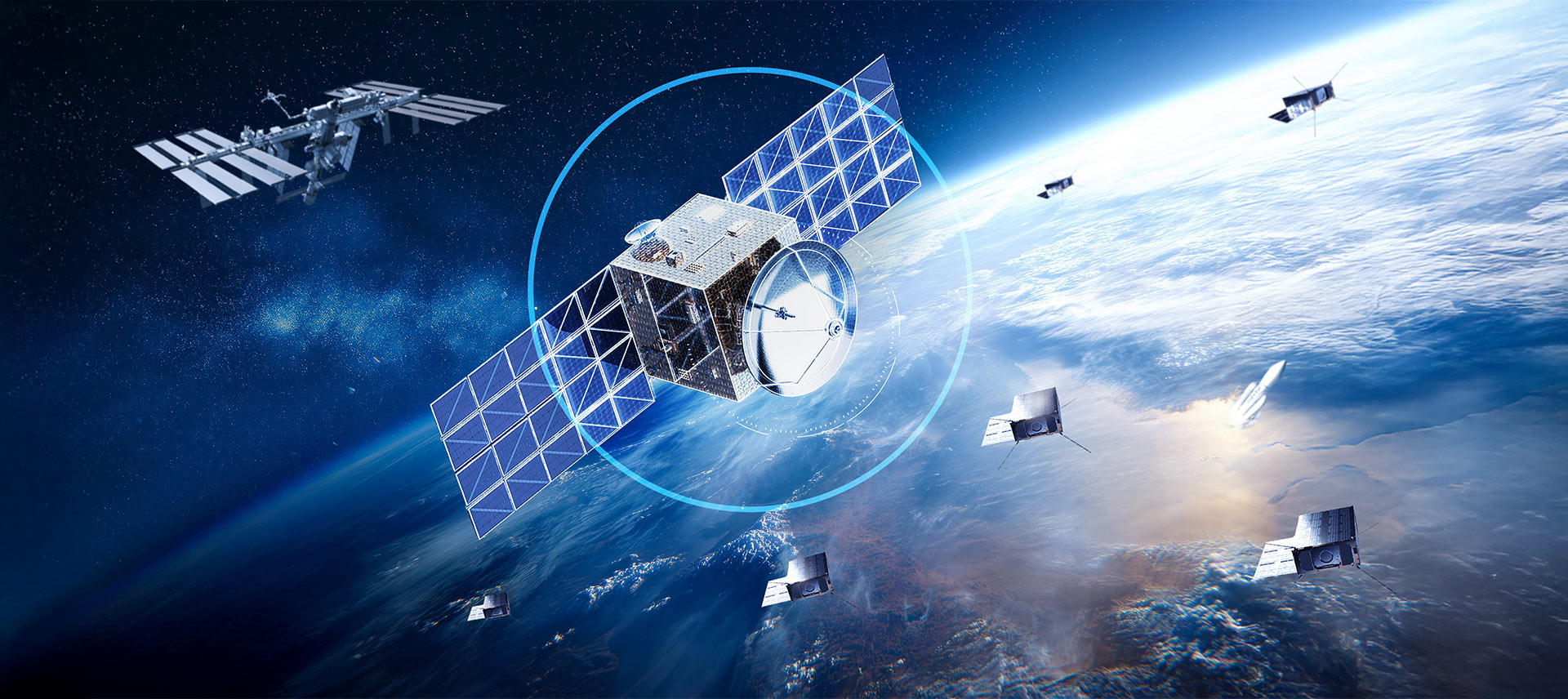The space industry is undergoing a vast transformation fueled by breakthroughs in technology, artificial intelligence (AI), and the advent of virtual twins. As competition in the “New Space” economy gains momentum, innovations that enhance efficiency, sustainability, and scalability are reshaping how we design and manufacture to operate within the harsh conditions of space. Central to this transformation are AI and virtual companions, bolstered by technologies like virtual twins.
This article explores how these cutting-edge tools are driving unprecedented innovation in the space industry.
Understanding Virtual Twins: A Foundation for Space Innovation
At the core of many advancements is the virtual twin—an immersive scientific digital model that mirrors a real-world product, system, or process in meticulous detail. Virtual twins enable aerospace organizations to simulate and predict how products will perform in real-world conditions, eliminating inefficiencies and reducing costly errors during the design and manufacturing phases.
Virtual twin technology supports several critical goals in space exploration:
- Informed Decision-Making: Teams can simulate diverse space scenarios, from satellite launches to operations in challenging environments, using data-driven insights.
- Optimized Resource Usage: Through accurate modeling and prediction, virtual twins identify opportunities to save resources, time, and cost in design and operations.
- Faster Turnarounds: With integrated automation, virtual twins accelerate product development cycles, a crucial capability in an increasingly competitive market.
At Dassault Systèmes, throughout the 3DEXPERIENCE platform we facilitate complex simulations: from assessing satellite durability in orbit to virtual “shop floor” preparations in manufacturing, the process becomes not just faster but smarter.
The Role of AI in Revolutionizing the Space Industry
Artificial Intelligence (AI) is an equally transformative force in driving efficiency and innovation within space exploration. AI excels in processing massive datasets, identifying trends, and automating repetitive processes, which are integral to space science and operations. At Dassault Systèmes we’ve been working with AI for over 20 years and here are some examples of applications in space:
Key Applications of AI in Space
- Generative Design: AI enables engineers to design next-gen components optimized for strength, weight, and material use. For instance, AI-designed satellite components reduce weight by up to 50% while maintaining durability.
- Predictive Maintenance: AI algorithms analyze telemetry data to predict equipment failures, minimizing costly downtime in critical space missions.
- Autonomous Spacecraft Navigation: Using machine learning, spacecraft can chart courses and make real-time decisions without human intervention, improving mission precision and resource efficiency.
The potential of AI extends beyond space operations, finding applications in the earlier phases of the value chain—especially design and manufacturing. While the majority of AI applications remain concentrated in operational areas, increased adoption in design and prototyping could exponentially improve industry performance. A 2022 study by the University of Calabria indicated that AI applications in design constituted less than 50% of usage compared to operational systems, leaving a vast opportunity for growth.
Design and Manufacturing in the Era of AI and Virtual Companions
With Dassault Systèmes 3DEXPERIENCE platform: AI technology serves as an accelerator to invent game-changing generative experiences, empower everyone with their virtual companion, and upskill the workforce of the future. Virtual Companions will empower everyone of us, as our double, to help us make the best decisions.
The combined prowess of AI, virtual twins, and virtual companions is driving major innovation in space systems design and manufacturing. Dassault Systèmes’ generative design and manufacturing systems are a practical embodiment of such synergies. Here’s how:
1. Generative Design for Agile Manufacturing
AI-integrated design software optimizes structural designs for composite materials, generating shapes that meet engineering standards with fewer resources. By automating the initial design phase, companies accelerate time-to-market and maintain high-quality standards.
2. Virtual Factories in Simulation
Engineers can model entire manufacturing workflows on the 3DEXPERIENCE platform using virtual twins. By evaluating supply chain performance, allocating tasks, and simulating automation, manufacturing bottlenecks are identified and resolved before they arise.
3. Advancements in Composite Materials
Virtual twin technology combined with AI enables precise testing of new composite materials—ensuring parts remain lightweight yet resilient in space environments.
The Path Forward: Innovations Driving More Than Exploration
The adoption of AI, virtual companions, and virtual twins reveals a future where space innovation aligns seamlessly with sustainability, efficiency, and scalability. Whether designing next-generation satellites or preparing for a future of in-orbit manufacturing, these tools are central to creating systems that are smarter, faster, and more adaptable than ever before.
As we stand on the brink of a trillion-dollar New Space economy, investing in such technologies is no longer optional; it’s a critical requirement to lead and shape the next era of space exploration.
With Dassault Systèmes at the forefront, enabling complex simulations and enhancing generative design tools, the possibilities for innovation seem boundless. These technologies promise to not only advance our ventures beyond Earth but also transform how we impact life here on the ground.
Discover More on Dassault Systèmes Space solutions: https://www.3ds.com/industries/aerospace-defense/space

